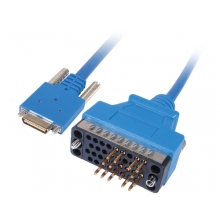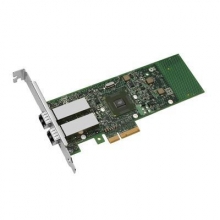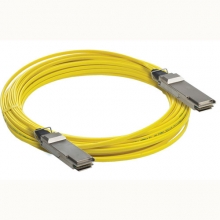- Optical Transceivers
- SFP+ Transceivers
- XENPAK Transceivers
- XFP Transceivers
- X2 Transceivers
- SFP Transceivers
- Compatible SFP
- 3Com SFP
- Alcatel-Lucent SFP
- Allied Telesis SFP
- Avaya SFP
- Brocade SFP
- Cisco SFP
- D-Link SFP
- Dell SFP
- Enterasys SFP
- Extreme SFP
- Force10 SFP
- Foundry SFP
- H3C SFP
- HP SFP
- Huawei SFP
- Intel SFP
- Juniper SFP
- Linksys SFP
- Marconi SFP
- McAfee SFP
- Netgear SFP
- Nortel SFP
- Planet SFP
- Q-logic SFP
- Redback SFP
- SMC SFP
- SUN SFP
- TRENDnet SFP
- ZYXEL SFP
- Other SFP
- FE SFP
- GE SFP
- OC3 SFP
- OC12 SFP
- OC48 SFP
- Copper SFP
- CWDM SFP
- DWDM SFP
- BIDI SFP
- Fiber Channel SFP
- Multi-Rate SFP
- SGMII SFP
- Compatible SFP
- GBIC Transceivers
- Passive Components
- Networking
- Cables
- Equipments
- Tools
- Special Offers


CCTV Fiber optic transmission System Implementations(1)
Fibre optics for CCTV applications are predominantly used in extended local installations linking cameras back to monitors with dedicated fibres for each link. A typical optical system layout is shown in bellow.
This example illustrates the main features of any fibre optic converter system, which are as follows:
1. The fibre optic link and its associated terminal equipment fit between the camera and the associated monitor/controller and provide a transparent signal path i.e. the camera and controller do not know that the signals have been transmitted over fibre.
2. The camera output is a 1V peak to peak composite video signal.
3. Movable cameras have a telemetry receiver is mounted near to the camera movement mechanism. This telemetry receiver connects to the system controller to provide control of the camera pan/tilt and zoom PTZ functions.
4. At the control end of the link camera selection and movement is looked after by the system controller and video signal outputs from the controller are displayed on a local monitor(s).
5. Electrical to optical and optical to electrical converters provides the interfaces to the optical fibre transmission fibre.
6. At the camera end of the link the E/O converter is usually a single channel unit packaged in a small enclosure which can be conveniently mounted near to the camera or telemetry receiver. These E/O converters are not usually environmentally sealed and so need to be protected from the elements often mounting them in the telemetry receiverenclosure. In their most cost effective form a PTZ E/O converter will use two multimode fibres to give a uni-directional video connection plus a bi-directional control data channel.



















































